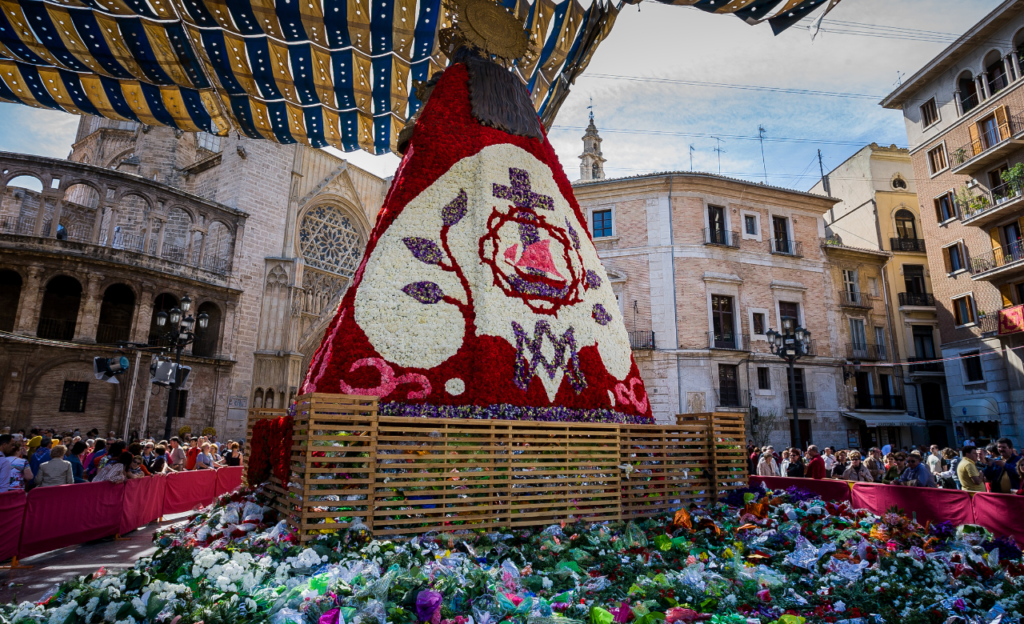
Spain has a rich and complex cultural heritage, shaped by many forces over the centuries. Before becoming a modern democracy, the land was ruled by the Celts, Romans, Germanic tribes, and the Moors, each of whom contributed their own customs, religion, and traditions to Spain’s cultural heritage.
UNESCO defines cultural heritage as “traditions or living expressions inherited from our ancestors and passed on to our descendants.” These may take the form of oral traditions, festive events, performing arts, or social practices. Spain enjoys a rich cultural heritage and celebrates it in many unique ways.
Cultural Heritage Festivals in Spain
Flamenco
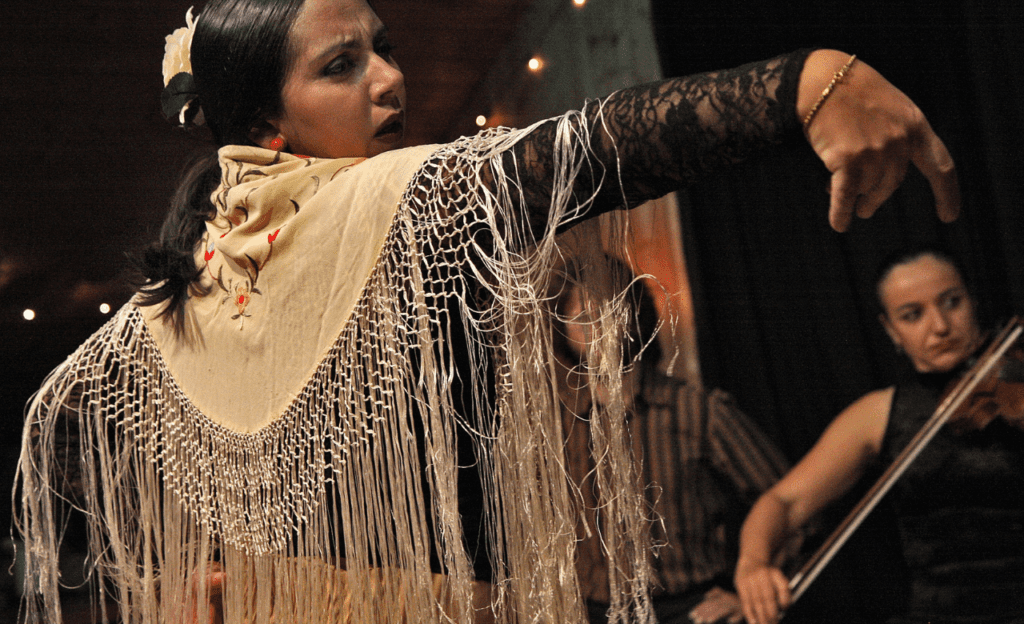
Flamenco is a passionate performance art that includes singing, dancing, and playing instrumental music. It is a soulful expression of folklore and musical tradition, with its roots in Andalusia, but also commonly practiced in the regions of Extremadura and Murcia. The genre is passed down from generation to generation and has become so emblematic of Spanish cultural heritage, performance venues called tablao are also found in cities outside these regions. Two major flamenco festivals are Cante de las Minas, held each summer in Murcia, and Seville Bienal de Flamenco held on even-numbered years in September and October.
Castells
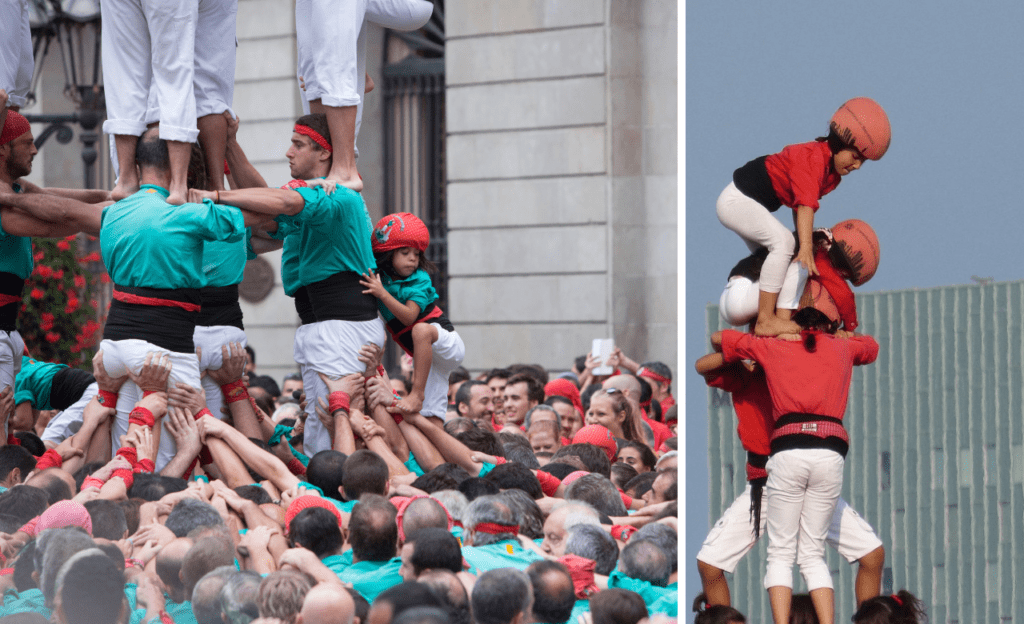
In Catalonia, a 200-year-old tradition of building impressive human towers exists. Castells or human castles are popular at many Catalan festivals, often rising in the town’s main square. All ages take part, with the strongest men at the base. Women and older boys climb up and stand on their shoulders, creating more levels. Amazingly, small children scramble up six to ten stories high, crowning the top of the castell. Non-climbing onlookers gather to support the base (and diffuse the weight?) while music plays, and the tower grows taller. The castell is a spectacle to see.
Festival of the Courtyards
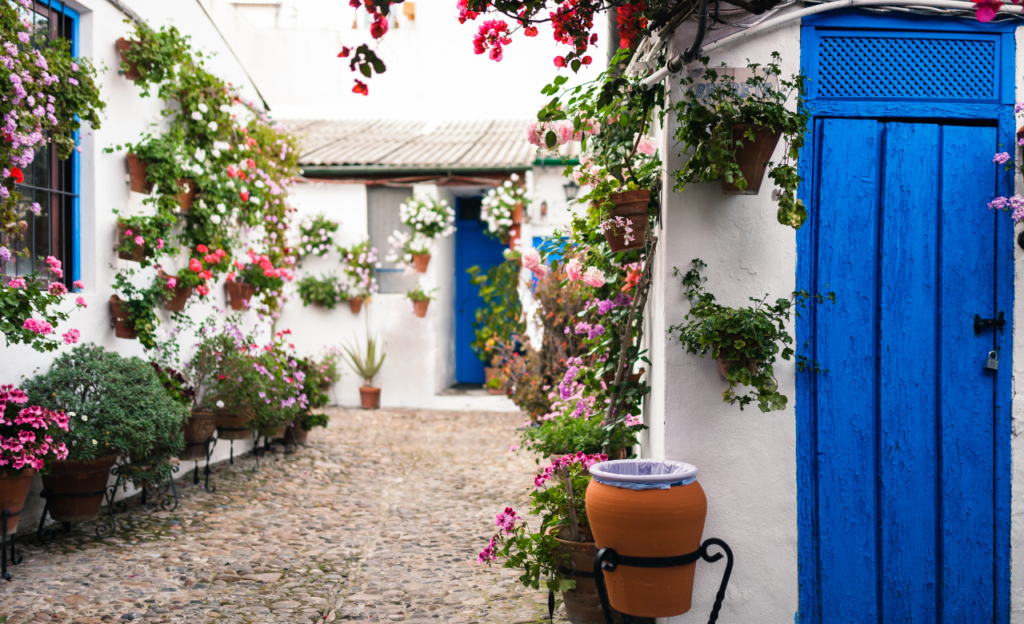
In Spain, the courtyard or patio is a traditional space for family and socializing. Cordoba celebrates this cultural heritage in May when residents of the old quarter decorate their courtyards with flowers. Riots of vibrant geraniums, petunias, and climbing vines in colorful pots cover whitewashed courtyard walls. Locals open the gates of their courtyards to anyone who wishes to look in during the festival. You can also experience the cultural heritage of Spain’s courtyards year-round at the Viana Palace and with guided visits to certain other courtyards.
Chant of the Sybil
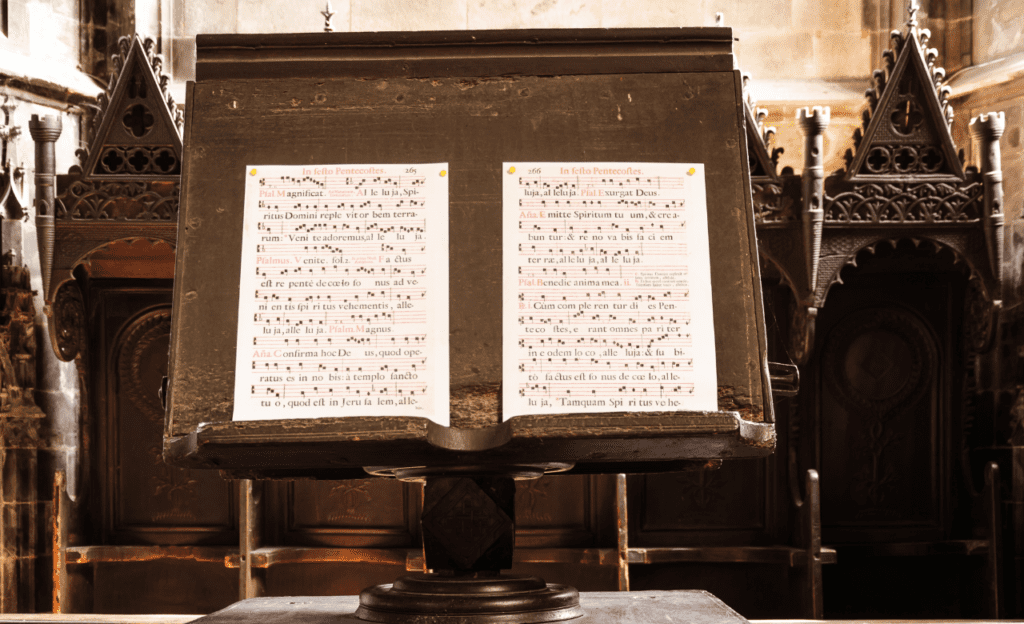
On the island of Mallorca, one medieval religious tradition lives on since the Catalan conquest. On Christmas Eve during Midnight Mass, a Gregorian chant recounts the prophecy of the Apocalypse. A young man usually sings, dressed in a robe, cloak, and hat, while holding an upright sword for the entire chant. Two altar boys and an organ accompany him, while churchgoers participate in the living folklore, ensuring that the rituals live on.
Festivity of La Mare de Déu de la Salut
Another medieval holdover has become part of Spain’s cultural heritage. In Algemesí, a town in Spain’s Valencia province, an annual September festival honors the town’s patron saint, La Mare de Déu de la Salut. This cultural heritage tradition dates back to 1247. The streets are filled with theatre, dance, and music. Thousands of visitors participate in the celebrations, including 1,400 locals of the small town who take part in the parade. What’s more, all their costumes and accessories are handmade!
Las Fallas
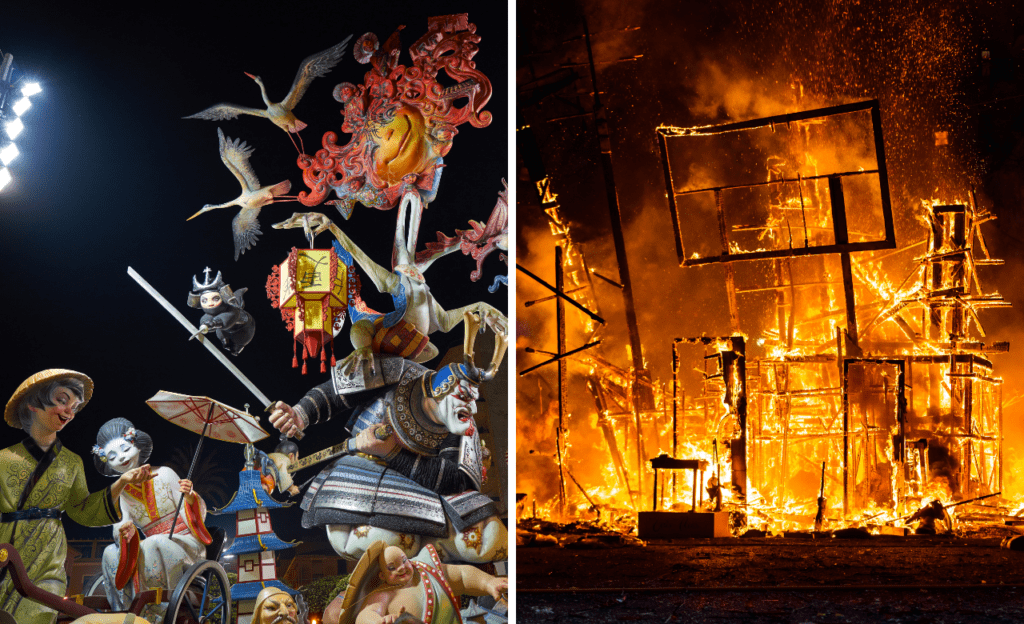
Another of Spain’s cultural heritage festivals takes place in Valencia in the spring. In early March for 19 days, the city celebrates spring with unique combinations of art, satire, and fire. The Fallas draws the most international visitors and is a major rite of spring for Valencians. Originally, wooden lamps lit carpenters’ workshops in the winter. In spring, they burned the lamps in the streets and the addition of rags and clothing made the lamps look like humans. Eventually, this practice evolved into massive pieces of temporary art and satirical effigies called ninots. The ninots require an amazing amount of time, artistic ability, and monetary value, yet they are set ablaze at the culmination of the festival. A magnificent flower offering (top image), nightly fireworks, and daily gunpowder explosion “concerts” add to the spectacle of sound leading up to the final bonfire.
Tamboradas
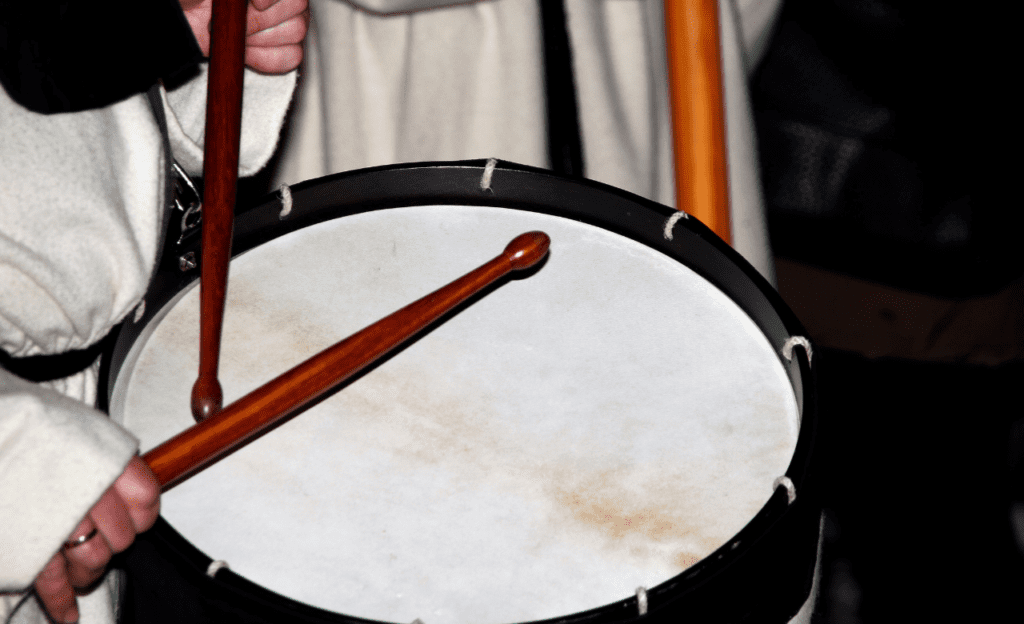
Easter week is one of the most deep-rooted fiestas celebrated in Spain. One cultural expression of religious devotion during Holy Week is drum-playing rituals called Tamboradas. In the Tamborada, thousands of drums play in unison, day and night for several days. The sound of 20,000 drums beating simultaneously is deafening in the beginning, then becomes captivating as the community shares a collective sense of empathy and connection. Women and families play an important role and children’s tamboradas ensuring that future generations carry on this Spanish cultural heritage.
Experiencing any of Spain’s cultural heritage festivals opens the door to understanding more about the local peoples’ way of life and what they value. To incorporate Spain’s cultural heritage festivals into your vacation, contact the knowledgeable advisors at Covington.






Leave a Reply